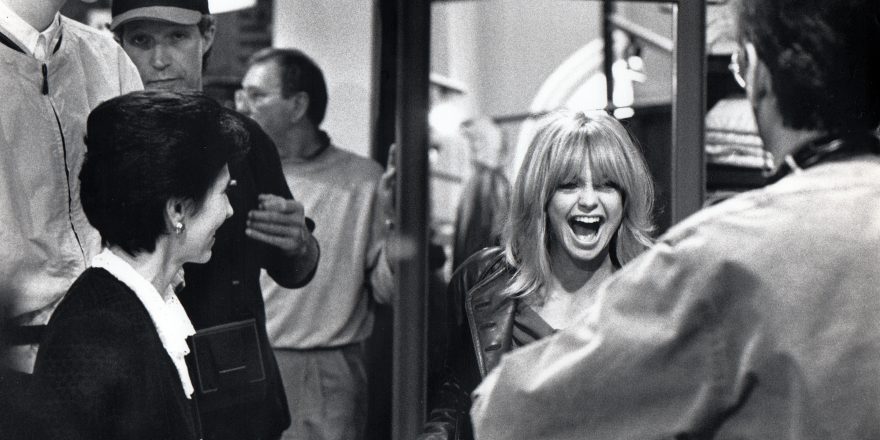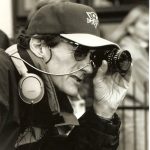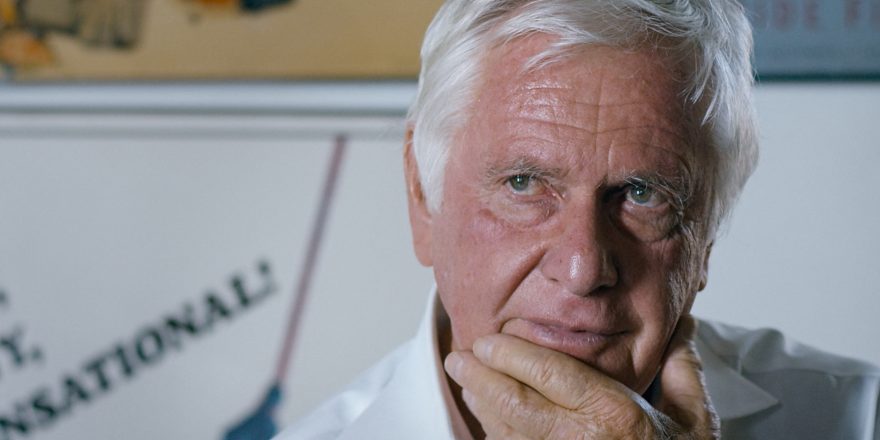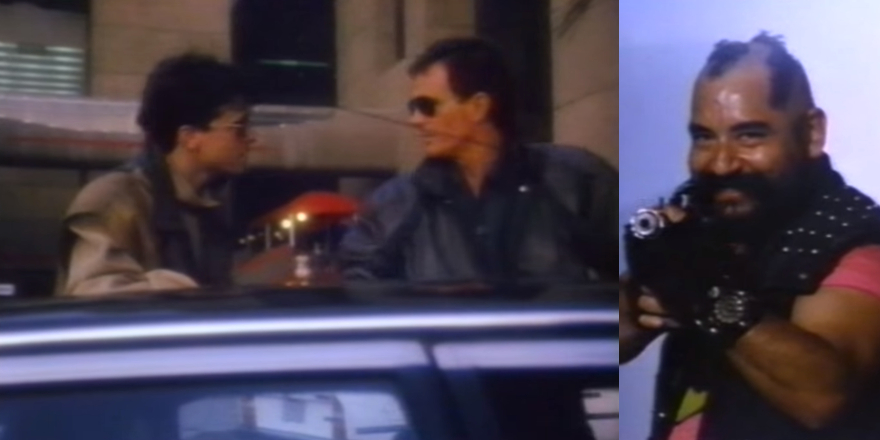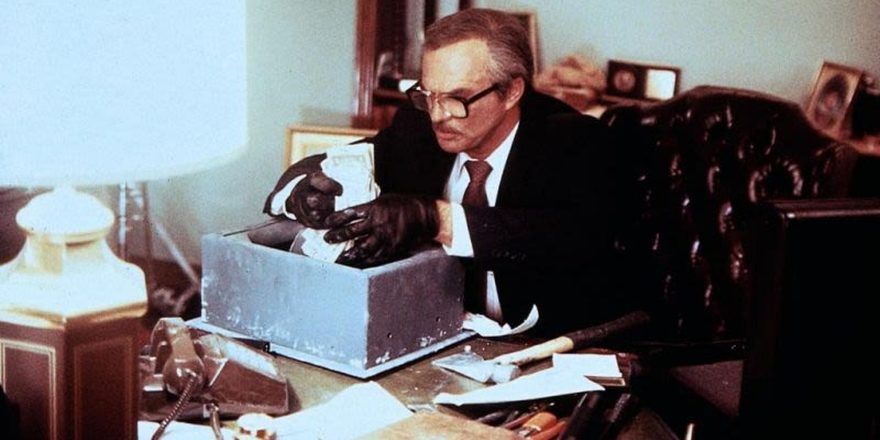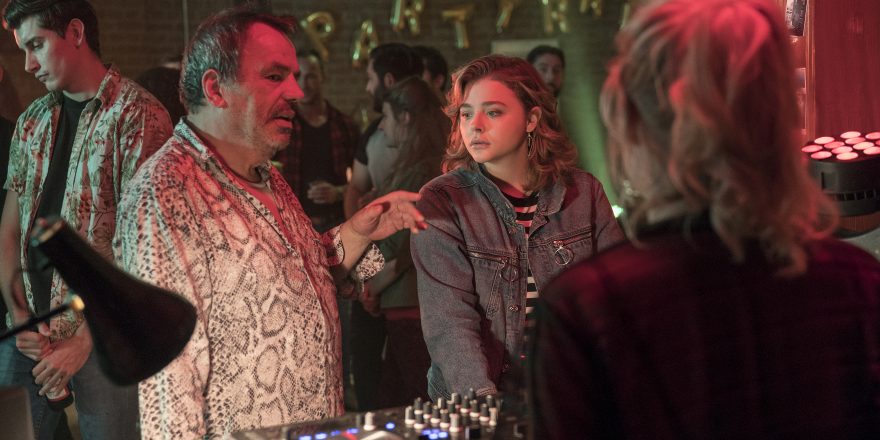It’s 1990, and I’m directing two huge stars, Mel Gibson and Goldie Hawn, in Bird on a Wire.
They were both the most professional of actors, and they were still always up for anything — crazy scenes, big stunts, weird characterizations, whatever.
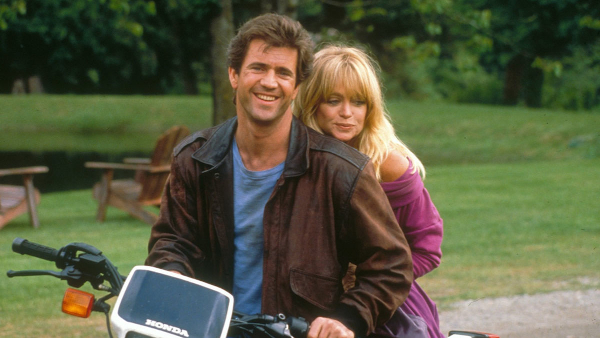
One day, we had several scenes to shoot at a carnival in Vancouver. In the first scene, Goldie and Mel would be riding a roller coaster and having a great time, laughing and screaming.
At least, that was what was in the script.
When I arrived at the set, I went to Goldie Hawn’s dressing room to say good morning. She was in the makeup chair, with her hair in rollers and a look in her eye … something was up. Oh, boy!
She said, “Close the door. We have to talk.”
Well, I think everybody knows when you hear, “We have to talk,” it’s best to fasten your seat belt.
Goldie said, “You know the roller coaster sequence?”
“Sure, it’s first up today.”
“Well, I’m not doing it. … I hate roller coasters. They scare the living becraptus out of me. I don’t want to get on that thing!”
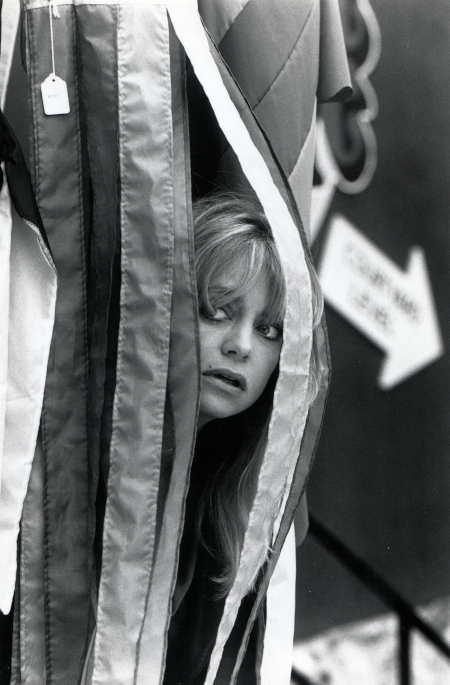
WTF! That was half the day’s work shot to hell — not to mention that moment was crucial to showing the relationship between the characters she and Mel were playing.
A younger me would have panicked and argued with her, “No Goldie, you have to do it. It’s a key to the characters’ relationship with each other. And, this is a very small roller coaster, not one of those Six Flags nightmares.”
But I knew this was a futile argument. Instead, I tried a different approach that I learned from the great director Sydney Pollack. I actively listened to her and acknowledged her problem.
“Sounds like that roller coaster really scares you.”
“Damn straight. Look, it’s old and rickety. What if it collapses?” she shot back.
“You’re really worried it might fall down on you,” I agreed.
“Oh yes,” she said.
“I hear you. I hate to lose what a great thing it does for your character’s relationship, seeing you having so much fun together.” So now I put the ball in her court and asked, “What do you think we could do instead?”
She thought for a moment and said, “Why not use Dawn, my photo double instead? She could hide her face behind all this hair.”
“That’s a great idea,” I replied. “We just won’t have any close-ups of you having a great time.” Then I added, “What if after I do some wide shots with Dawn as your photo double, I back up the roller coaster about 50 feet from where people get on, put you inside, and let it roll into the station? I really just want to see your face — see you having fun.”
Goldie frowned a bit and then said, “For what you’re not paying me, I shouldn’t do it … but OK, let’s try it.” She grinned that Goldie grin.
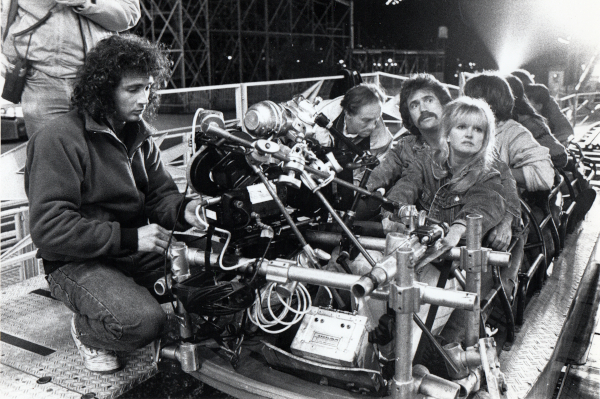
So that’s exactly what we did: shot some wide shots with the double; stopped the roller coaster 50 feet back from its end mark; put Goldie in Mel’s lap, rolled the cameras … and let it coast into the station.
But then something funny happened: On my headphones, I heard Goldie say to Mel, “That’s it? That was nothing.” Mel devilishly said, “Oh yeah, the whole ride’s like that, no big deal.” I realized he was talking her into going on the whole ride! I looked at her quizzically; she looked back and giggled. You don’t have to tell me twice. So I rolled the cameras and signaled the ride operator to start up the roller coaster and … off she went, round and round, up and down. Two minutes later, they came flying back into the station. Goldie’s eyes were as big as saucers, and she’s screaming … with laughter. Success. Success, beyond my wildest dreams.
OK. So why did this work; why did she change her mind? Simple psychology. When she said she didn’t want to go on the roller coaster, instead of making light of her concern, I acknowledged her fear as real to her: “Sounds like you hate roller coasters.” Then I asked for her help to find a solution, and she came up with a smart one: using her photo double. I accepted the general version of her solution and pointed out that we wouldn’t have a close-up of her. I wasn’t appealing to her vanity; I was talking filmmaker language that any pro would understand.
After Goldie acknowledged that a “mini roller coaster ride” would be okay with her, it was pure luck that Mel teased her into taking the whole ride.
So that is how, with some gentle leading, Goldie gradually changed her response from “No way!” to dipping one toe in the water to going headfirst off the diving board. And she was proud as punch that she overcame her fear, she wanted to go again!
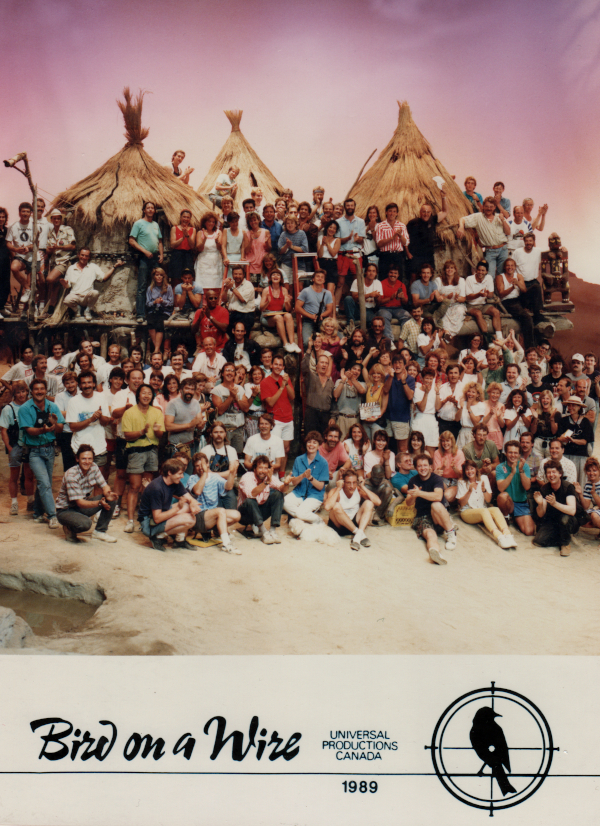
Had I tried a different tactic with her — maybe playing the bully using the old John Ford/Henry Hathaway/Otto Preminger intimidation approach or calling in my partner Rob Cohen, the producer, to convince her — I might have succeeded in getting her on the roller coaster. But, she would have felt forced to do it and eventually resented the whole thing. And we still had six more weeks to shoot.
So the moral is – and I love morals – when your actor doesn’t want to say a line of dialogue, or wear a certain costume, or take a bit of staging, don’t argue with them because they’ll just argue back and you’ll get nowhere. Acknowledge their concern and get them to work with you on solving the problem. Thank you, Mel Gibson. Thank you, Sydney Pollack. Thank you, Goldie Hawn.
Featured image is of Goldie Hawn during the filming of Bird on a Wire. (Photo courtesy of John Badham.)



